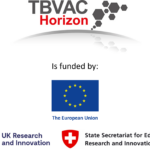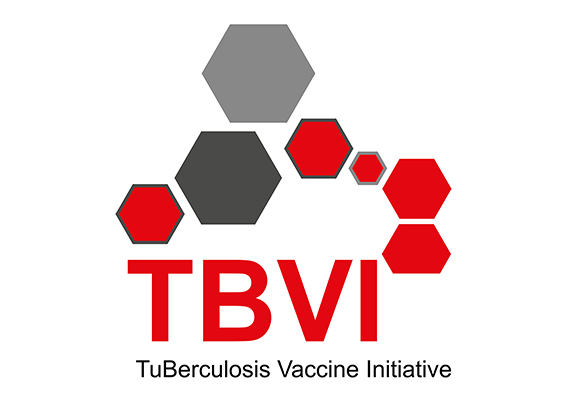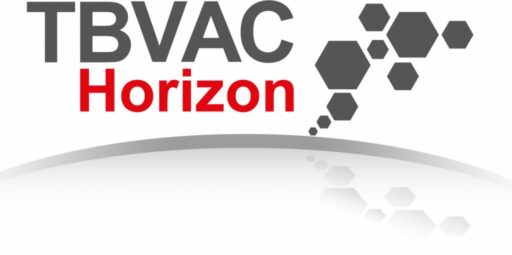We are delighted to announce the selection of new TB vaccine candidates for head-to-head testing as part of the TBVAC-HORIZON project. This selection follows the call for vaccine researchers to submit their vaccine candidate for testing in a mouse as well as guinea pig model. For each model, two candidates are selected.
Based on predetermined criteria, the Portfolio Advisory Committee has selected candidates who are eligible to participate in the head-to-head comparison testing program within the TBVAC-HORIZON project. The assessment will evaluate the ability of vaccines to reduce bacterial load using a standard mouse or guinea pig model of vaccination and pulmonary challenge with Mycobacterium tuberculosis.
The following candidates have been selected for the mouse model:
- ChAdB596Z, a recombinant chimpanzee adenovirus vectored vaccine expressing 5 multi-stage antigens.
- BCG-EcN, a membrane vesicle (MV) vaccine based on BCG MVs combined with an adjuvant based on MVs from flagella-deficient E. coli.
The following candidates have been selected for the guinea pig model:
- MemVax/CysVac2, an intranasal TB vaccine combining a dual-antigen recombinant fusion protein with a CD40L expressing adenoviral vector
- LNP mRNAmix, an mRNA-based TB vaccine encoding seven M. tuberculosis antigens selected based on their immunogenicity and expression across different infection stages, delivered in clinically tested lipid nanoparticles.
The head-to-head comparison will start in the coming months to encourage further development of the candidate with the aim of diversifying the TB vaccine development pipeline.
If you wish for your vaccine candidate to take part in the head-to-head assessment, please note that a total of four calls are scheduled within the TBVAC-HORIZON project. The next and final call will be announced in the first quarter of 2026!

TBVAC-HORIZON receives funding from the European Union’s Horizon Europe research and innovation programme under grant agreement No 101080309. It is funded by the European Union, the UK Research and Innovation, and the Swiss State Secretariat for Education, Research and Innovation. Views and opinions expressed are, however, those of the author(s) only and do not necessarily reflect those of the European Union or European Health and Digital Executive Agency (HADEA). Neither the European Union, UKRI, SERI nor the granting authority can be held responsible for them.


